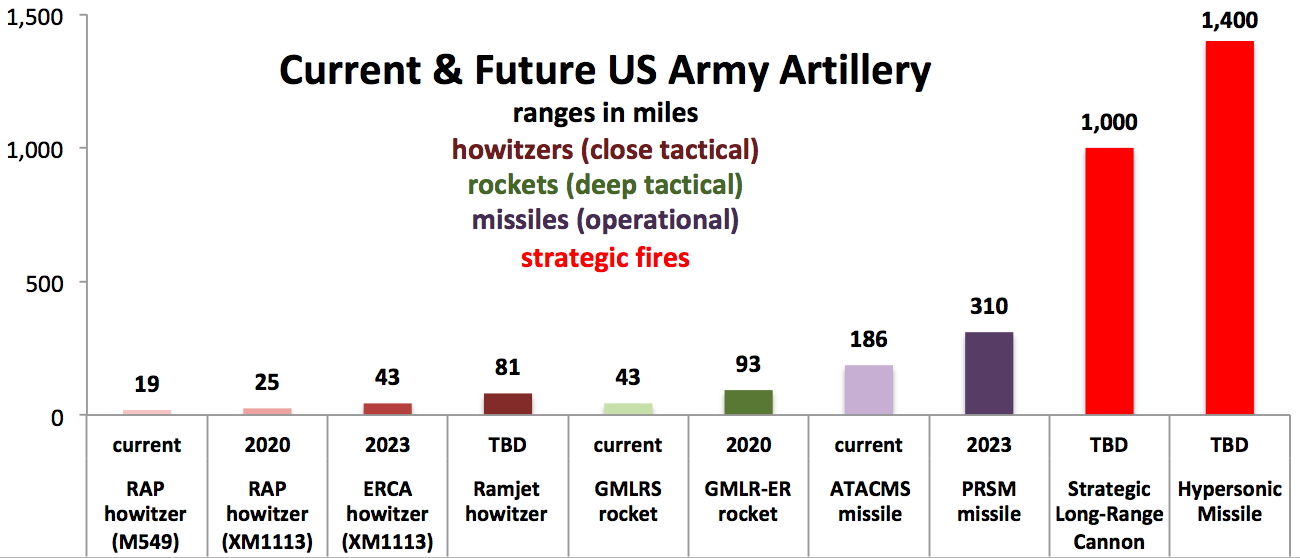
【縛雞之見】
射程長達1600公里的戰略長程大砲,必然配置精準砲彈與精準射控系統。若部署在台北、沖繩、胡志明,或釜山、蘇比克、新加坡等,就可以打擊到中國心臟部。即便部署在台灣東南菲律賓海的兩小島,也足夠產生鎮喝力。
看起來,真的只要不讓中國偷到科技,也不讓中國佔美國金融體系的便宜,不必幾年,中國就GG了。
In A War With China, Where Should The U.S. Army Put Its Thousand-Mile Cannons? David Axe @Forbes 20200811
The U.S. Army is
trying to figure out what role it might play in
the fighting if China attacks Taiwan or grabs disputed territory in the China Seas.

A
thousand-mile cannon the Army is developing could be the
key. Batteries of the super-powerful Strategic Long-Range Cannon could bombard forces
on the Chinese mainland from U.S. bases in allied countries.
But there’s no guarantee South Korea, Japan or
the Philippines would want to play host to American artillery. The unappealing alternative would be for the Army
to sneak the giant guns onto island
outposts in the China Seas, where they could be extremely vulnerable to Chinese
attack.
The wheeled Strategic Long-Range Cannon is one of several new, long-range
weapons the Army is working on as it tries to revive its ailing artillery corps.
The others are an upgraded self-propelled howitzer firing rocket-assisted shells
out to 40 miles, a multiple-launch rocket reaching 300
miles or more and a hypersonic ballistic missile
that could slam into targets from more than 1,000 miles away.
The Strategic Long-Range Cannon and the hypersonic missile could boast similar
ranges. Which makes a
2019 study by the California think-tank RAND applicable to both. RAND surveyed potential
bases in South Korea, Japan and the Philippines for Army units packing 750-mile-range rockets.
Units firing from these bases could “strike targets in
China that could otherwise only be attacked using air or maritime platforms,” RAND noted. “As such, it would add
flexibility to the joint force (although it might also be seen as redundant given
other U.S. long-range strike capabilities).”
But that’s assuming Seoul, Tokyo and Manila would be willing, in effect, to declare war on Beijing. RAND posited that countries
hosting Army artillery might be targets of Chinese attacks even before the Americans
arrived with their cannons. In
that case, it’s easier to imagine the hosts green-lighting artillery barrages from
their territory.
But if China demonstrated some restraint in its invasion of Taiwan or some
China Seas islands, America’s ostensible allies in the region might decide to sit
out the war. That could all but strand the
Army’s thousand-mile cannons—unless the Army were willing to embed the cannons with
U.S. Marines hunkering down on isolated island outposts.
The Army hopes to field its new hypersonic missile starting
in 2023. Testing of the Strategic Long-Range
Cannon could begin the same year.
沒有留言:
張貼留言
請網友務必留下一致且可辨識的稱謂
顧及閱讀舒適性,段與段間請空一行